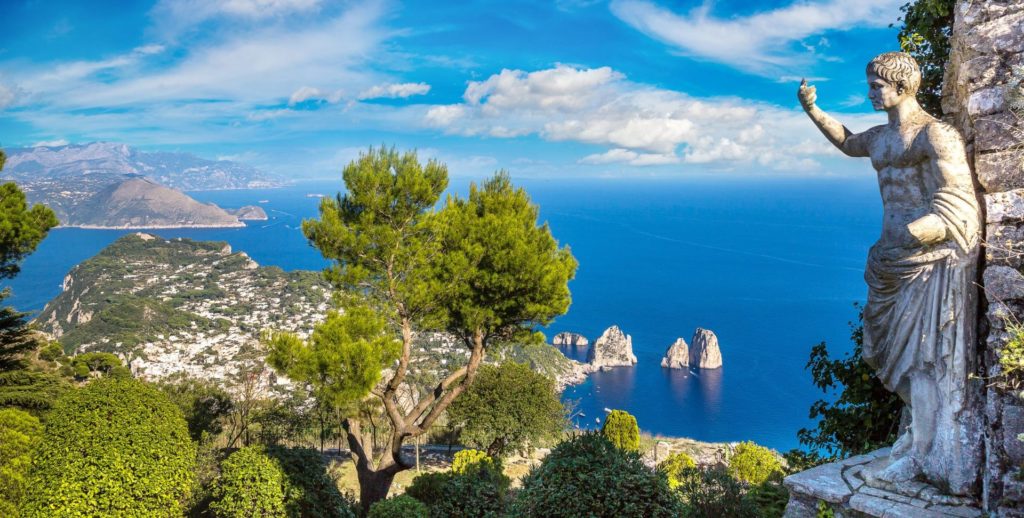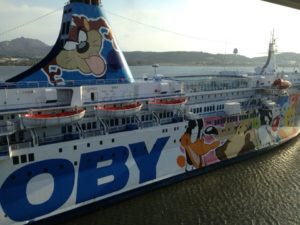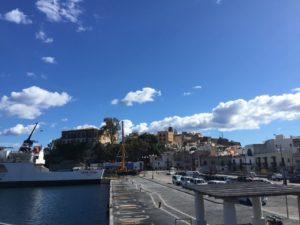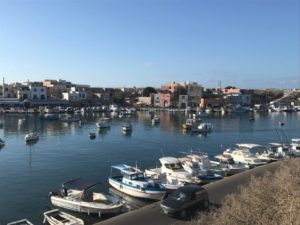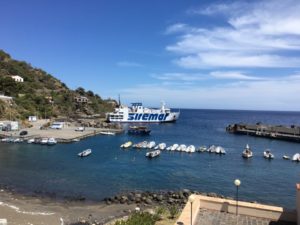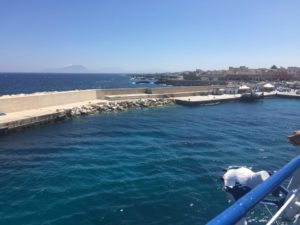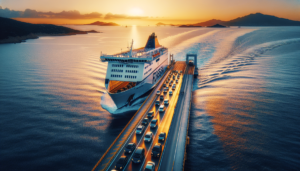A trip to the island of Capri
Together with the Phlegrean islands and other islets, Capri constitutes the so-called Campania Archipelago, within which it stands out for its celebrities. Unlike the others, it is located in front of Punta Campanella (Sorrento peninsula), on the opposite offshoot of the Gulf of Naples and is not of volcanic origin but sedimentary and karst. Between Capri and Anacapri, the two municipalities of the blue island, you can do and see things that will surely remain imprinted as postcards in your memories: we have prepared a vademecum with ten of them.
1) Go to the Piazzetta
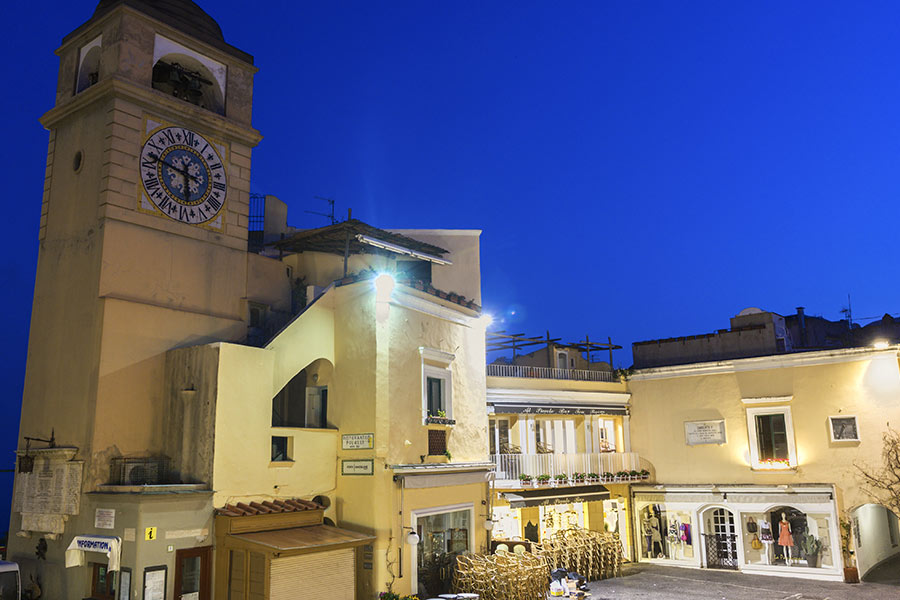
Once disembarked at the Marina Grande port, you can take the Funicular and go, in five minutes, to Piazza Umberto I, the famous Piazzetta, even with luggage for which a special travel ticket must be bought. During the climb towards the center of the island in the cabin you will see striking views of the surrounding landscape. Once you get off, you can have a coffee at the bar or sit in the lounge of the international jet society for an aperitif or a cocktail maybe, but you can come back here even later and meet some VIPs, or if you wish, continue on foot through the adjacent shopping streets (corso Vittorio Emanuele and via Camerelle); or even take a few steps and visit the Caprense Ignazio Cerio Center, a museum and library with more than twenty thousand naturalistic, archaeological and documentary finds.
2) Go around the island by boat
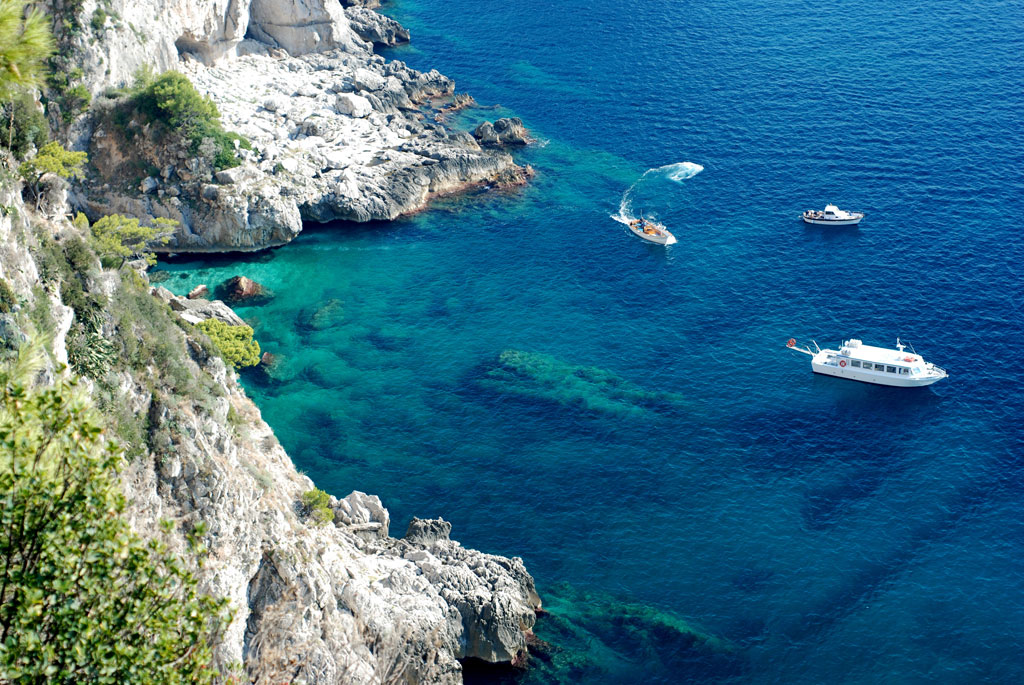
To admire the spectacular coast of Capri it is not essential to own a boat: in addition to being able to rent one, boats – goiters or large boats – of companies depart from Marina Grande, which give the opportunity to do the tour in groups of about a dozen people, sharing it with other tourists, at a non-prohibitive price. You will escape the view, from the sea, of cave, rock and inlet. If you also want to swim during the tour (and paying something extra), you can rent the characteristic “Caprese gozzo” with a sailor or, without him, small boats and rafts and venture along the coastal strip, but always paying attention to the marinating rules.
3) Enter the Grotta Azzurra
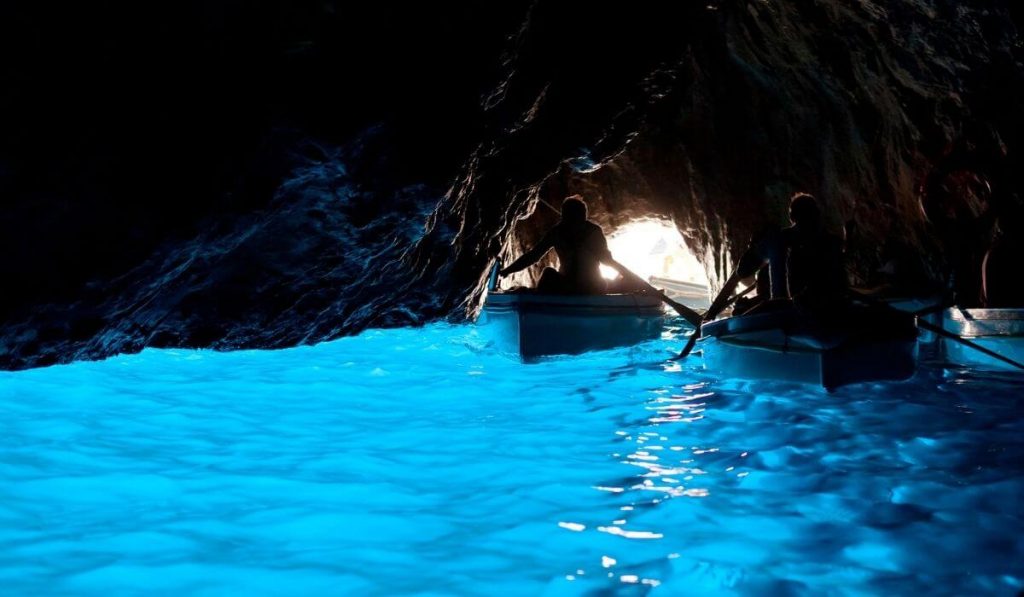
During the circumnavigation or even directly, and even from land, you can enter the famous Grotta Blu by climbing aboard particular small rowing boats, the only ones entitled to do so, also due to the reduced size of the entrance and the overcrowding to which the place is subject during the tourist season. It is precisely the passage of the sun’s rays through the semi-submerged access that colors the interior of an intense blue. The second Roman emperor, Tiberius, who lived his last years in Capri, the perfect island for otium, made it a maritime nymphaeum, decorating the cave with statues representing divinities and other marine creatures, three of which can be seen in the exhibition space of the museum Casa Rossa of Anacapri. To enter the cave, however, it is necessary to be accompanied by the boatmen. To get to the floating ticket office, near the entrance, another boat must be taken or, by land, you can do it thanks to the stairs in turn reachable on foot or by bus. Nearby, it is possible to visit one of the three imperial villas of Capri still moderately intact, Villa Damecuta which can be a stop on an itinerary on Via Grotta Azzurra.
4) Explore the Arco Naturale and Pizzolungo
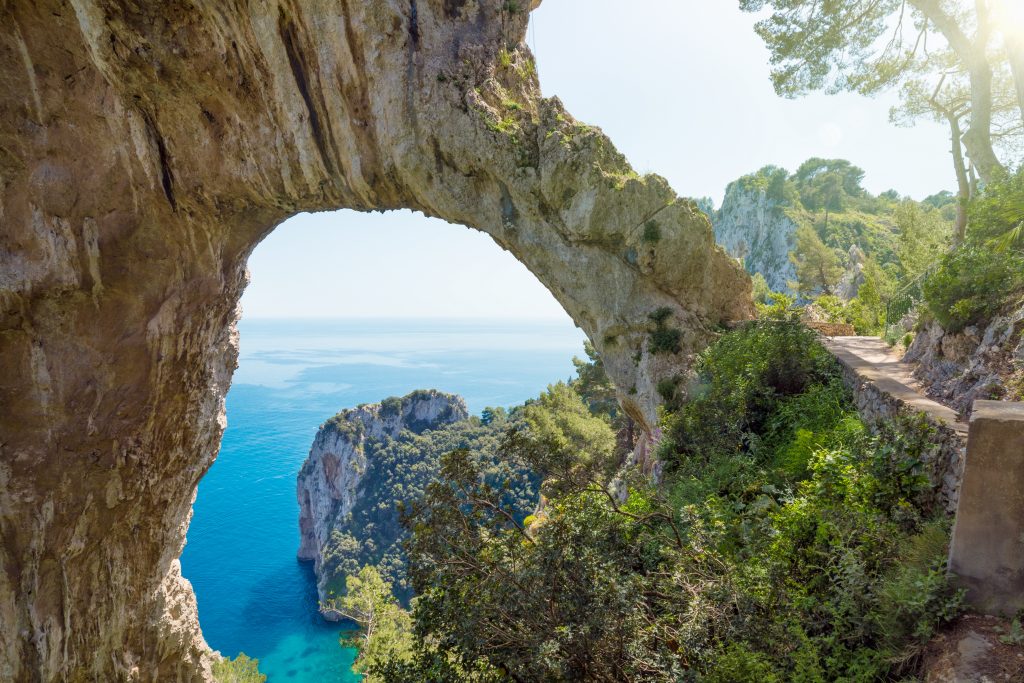
From the Piazzetta, taking Via Vittorio Emanuele and continuing along Via Camerelle, the world-renowned street of luxury fashion purchases, you gradually but not too far, along Via Tragara, after the homonymous belvedere, in a primitively wild nature along the path of Via del Pizzolungo, among myrtles, brooms and agaves. At a certain point, on the slopes of Monte Tuoro, there is a staircase that leads to the Grotta di Matermania, where the Romans erected a nymphaeum, the remains of which are visible, dedicated to Mater Magna Cibele, goddess of nature and animals. Continuing along the road you arrive at the Arco Naturale, the particular arched rock of the Paleolithic, benefiting from suggestive perspective views. For those who do not want to climb the stairs preferring an even less tiring itinerary, it is advisable to follow it in reverse starting from the Arco, immediately reachable from Via Matermania.
5) Walking through the Giardini di Augusto (Gardens of Augustus)
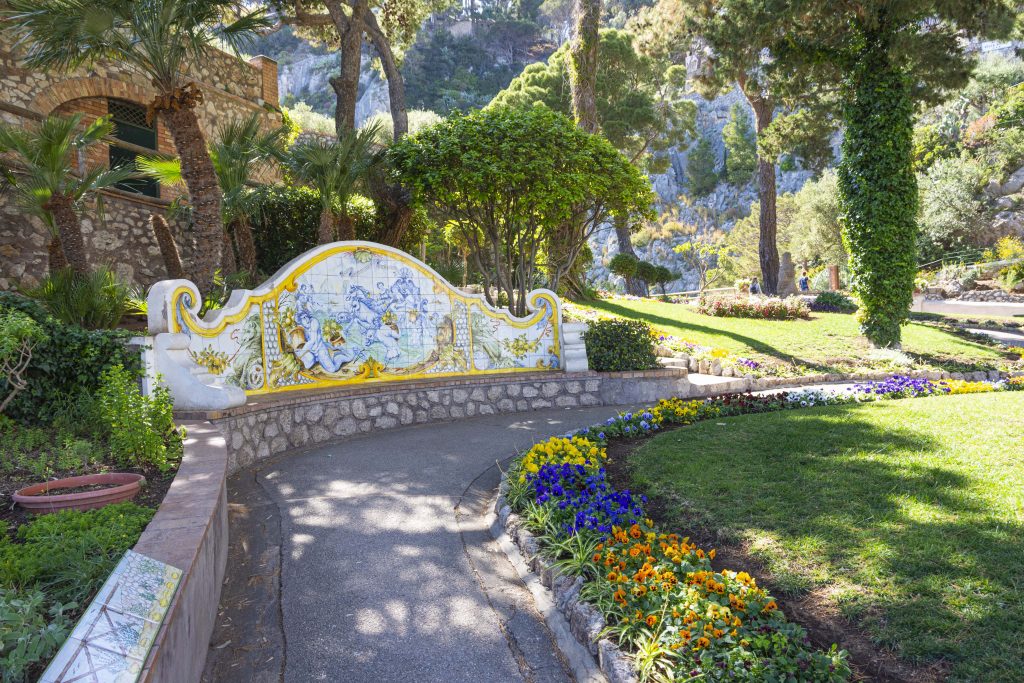
Walking from the Piazzetta you can reach the Gardens of Augustus, a park where you can continue to walk freely, in this botanical garden full of flowers and plants. It is exclusively local and characteristic flora and from here you can also enjoy wonderful panoramic views. Below, there is also the particular Via Krupp, a series of bends sculpted into the rock by the German industrialist from whom the road took its name, currently inaccessible but worth seeing. Continuing, you cannot miss a trip to the Certosa di San Giacomo, the historic monastery of the fourteenth century which was later expanded and to which, in the sixteenth century, a cloister was also added.
6) Admire the Faraglioni
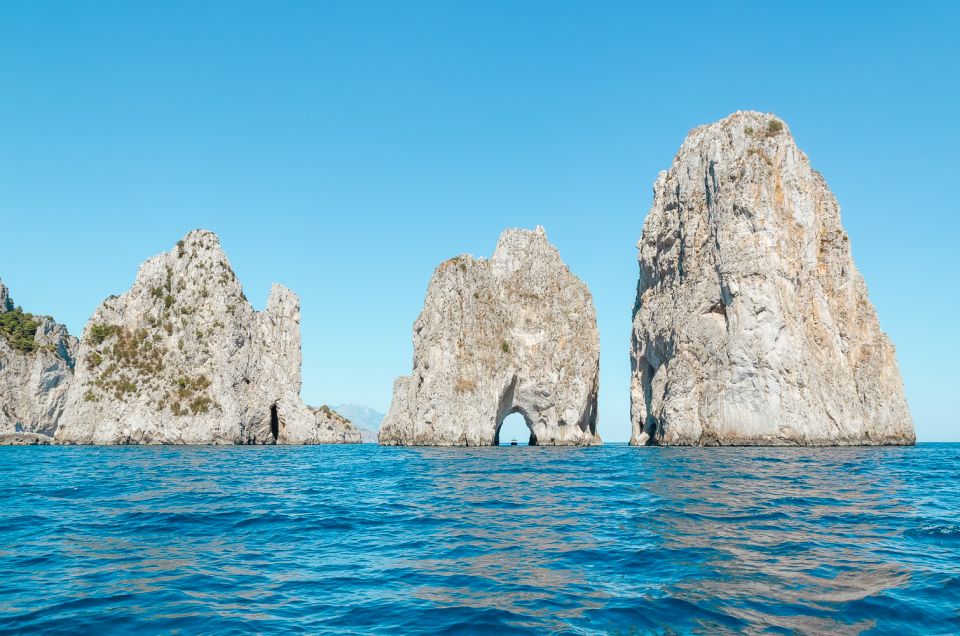
During the tour of the island by boat, or from the Gardens of Augustus, as well as from many other panoramic places, you can admire the Faraglioni, three rocky peaks that stand out against the blue of the south-eastern side. Next to the mainland is the so-called Stella or Faraglione di Terra, the highest, separated from the sea by the one in the middle so-colled Saetta, which is crossed by a tunnel along its sixty meters; and finally, offshore, we see the Faraglione di Scopolo, slightly lower than the first, the only habitat in the world of the peculiar blue lizard which has evolved to blend in with the surrounding environment. Nearby there is also a fourth, the Monacone rock – whose name derives from the Mediterranean monk seals that once were – but the shape is more reminiscent of an islet than a promontory like the other three, on which large fires were lit in ancient times which probably served as lighthouses to aid navigation.
7) Visit the imperial villas
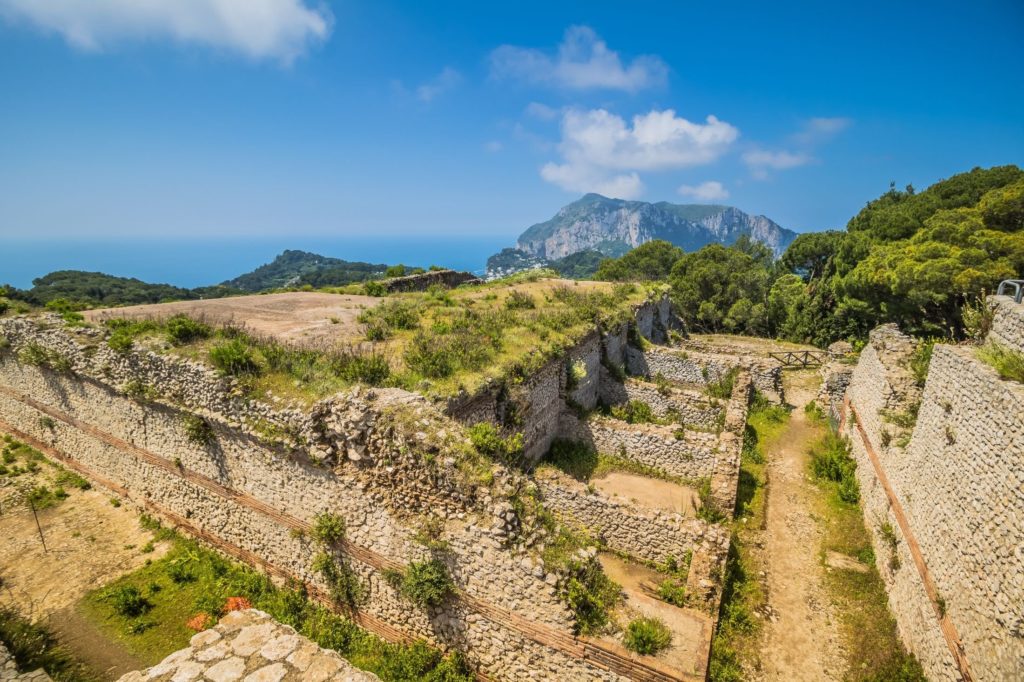
Tiberius had twelve imperial villas built or restored on the island; ruins are scattered all over the place while three still retain the ancient structural characteristics: Villa Damecuta, Palazzo a Mare and the grandiose Villa Jovis. The first, although often overlooked by mass tourism, is also called the museo azzurro (blue museum), a real open-air archaeological park, framed in the green of a pine forest. The ruins are still well preserved with the foundations of the residence and a long porticoed from which an imperial panorama stands out on Ischia. On the northern side there is an archaeological site with the remains of a residential facility that was built by the first Roman emperor, Augustus, while the adjacent coast is called Bagni di Tiberio because it was also lived in by this latter emperor: Palazzo a Mare, of which the walls, some swimming pools, an exedra, a nymphaeum and a small pier currently remain. On Mount Tiberio we find the largest and dominant, Villa Jovis, which dominates both Capri and the gulfs of Naples and Salerno. Here Tiberio, in addition to residing, ruled the Roman Empire in the 30s.
8) Go to the beach or the rocks
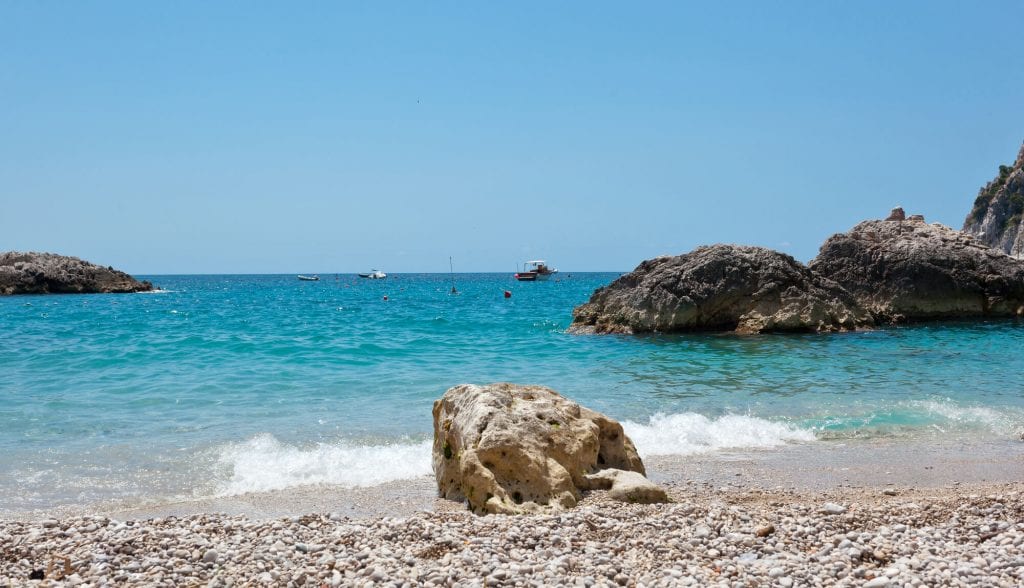
Coves, caves and steep rocks characterize the rugged coast of the island and the beaches of Capri are gravel or pebble (at the previous link you can find a more detailed account of the following summary). As the Bagni of Tiberio, the coastal extension of Palazzo a Mare can be reached either on foot through a small road but also, by boat from the port; both public and equipped. The largest is the beach of Marina Grande, near the port, both in concession and free, with stretches of gravel sand and pebbles, it is easily accessible. Finally, we have the beaches of Marina Piccola, pebbly, both public and with bathing establishments, with rocks and they are not sunny until late because they are exposed to the south. From here with a boat service, or through the promenade that leads to the Belvedere of Punta Tragara, you can reach the rocks near the Faraglioni where there are two establishments with restaurants. Even in Gradola there are perfect rocks for bathing: close to the Grotta Blu they are partly equipped with ladders to the sea and partly free. Finally, near the great lighthouse of Punta Carena, there is the homonymous bay, where it is possible to sit on the terraces of the equipped beach and rocks from which to swim freely. Facing west, from here you can enjoy aperitifs at sunset.
9) Savor the local food and wine

The protagonists of the local gastronomy are the Caprese ravioli, stuffed with caciotta and parmesan and flavored with marjoram, to be seasoned with sauce or butter and sage, or to be fried. Also stand out the spaghetti alla Chiummenzana, the tomato sauce prepared with extra virgin olive oil, garlic, chilli, oregano, basil. Among the typical dishes there is the Caprese salad, with buffalo mozzarella, tomatoes and basil. And the Caprese cake made with almonds and dark chocolate. In addition, obviously there are many fish dishes made with local fish, such as squid and pezzogna. The zero km DOC wines are Capri Bianco, produced from vines of Falanghina, Greco and Biancolella, with a dry and fresh flavor; the Capri Rosso consisting mainly of Piedirosso grapes, dry and savory.
10) Reach the Monte Solaro chairlift
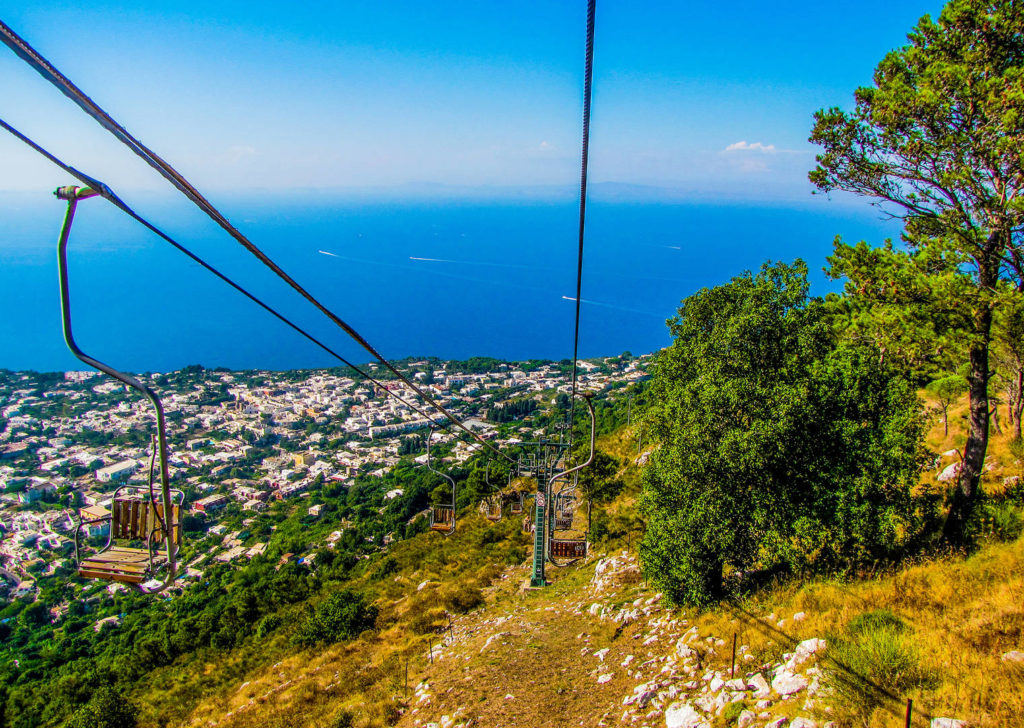
Monte Solaro, at 589 meters high, is the highest peak and can be easily reached in about ten minutes by chairlift which took its name,starting from the station in Piazza Vittoria in Anacapri. It is immersed in a flourishing Mediterranean vegetation, the gaze can sweep over any point of the territory, and from the sea to the Apennines, with breathtaking perspectives. You can also enjoy the terraces equipped with bar and solarium. At this point it is advisable to go down on foot. Along the descent, about five hundred meters, there is the hermitage of Santa Maria a Cetrella, overlooking Marina Piccola; a Gothic-style church erected in this locality which is called Cetrella for the grass, with an intense lemon smell, which grows in the area. On the way back to Anacapri, from the chairlift station at the foot of Monte Solaro, following the signs, you can also go for refreshment at the Café Casa Oliv, the snack bar (from June to October also open for an evening aperitif) of Villa San Michele, where an important art collection – by Axel Munthe – is kept, not to be missed. The museum ticket also includes a visit to the impressive garden from the pergola to the terrace with the Sphinx.

